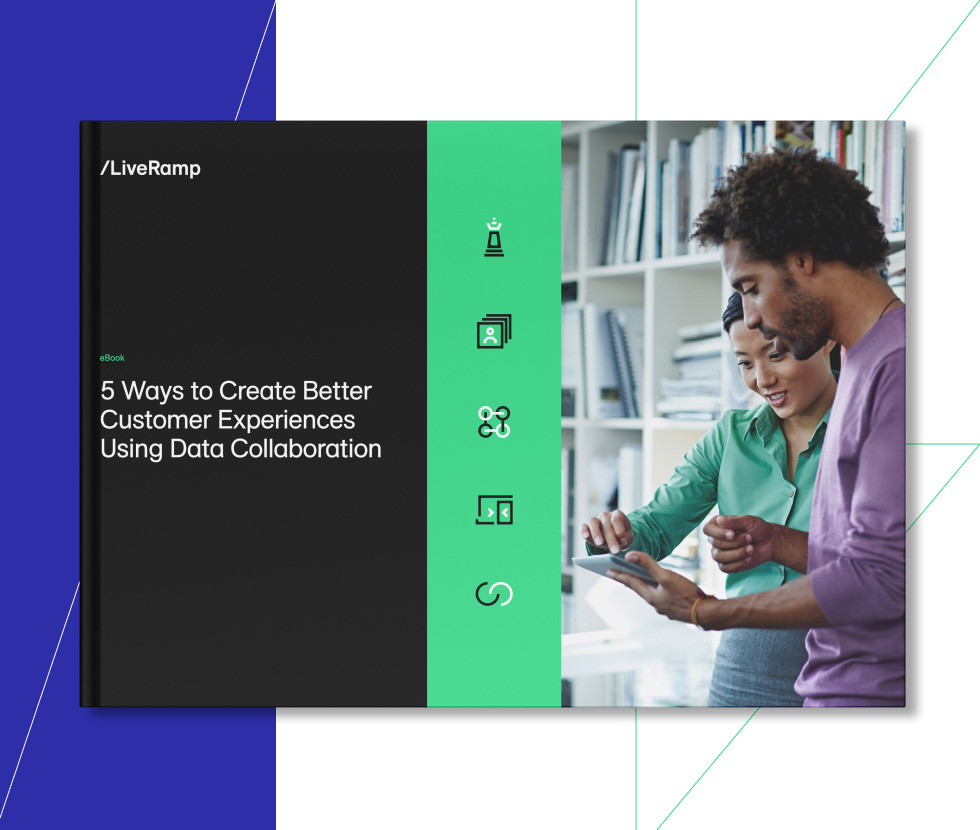Attribution is the practice of tracking and valuing all marketing touch points that lead to a desired outcome.
The expansion of marketing channels and tactics has left marketers asking, “what’s working and what’s not?”
In our recent blog post, we analyzed the true definition of attribution and the various subcategories that relate to marketing measurement.
Today, we get into the details of how cross-channel attribution works from a data, modeling, and output standpoint.
The Inputs
You are probably looking for two main things if you are starting with an attribution program and reading this blog:
- You want to improve the quality of your ad spend
- You want to layer in identity of your consumers to understand what marketing is actually doing to persuade your consumers
In order to do attribution analysis and answer these questions, the inputs required should involve as many of the customer touch points and variables as possible.
While the starting point depends on what data your organization has most easily accessible, you absolutely want to ensure you are connecting all the factors that impact your business the most.
For example, if you have historically been a digitally heavy marketing organization, then online attribution is a great place to start.
If you are more offline and branding based, then Marketing Mix Modeling may be the better first step.
Either way, analyze what your biggest marketing questions are and what channels you not only have the largest area of opportunity, but the ability to connect the most data for better insights.
In addition to the specific marketing channel inputs, the customer variables are critical to incorporate where possible.
Retailers want to understand the path from online product exposure to in-store purchase while heavy direct mail advertisers may need to see the impact that catalog campaigns have on seasonal or holiday product sales.
In either situation, data onboarding enables you to layer in identity, so you can tie back ad interactions and sales across channels to a consumer.
The Analysis
After collecting the data inputs, there are a variety of ways that attribution can be computed based on your questions.
While each attribution analysis is often based on a different model, there are a few common approaches. The most frequently used models are either a rules-based or algorithmic approach.
Let’s explore:
Rules-Based Attribution – Example of this are single-touch, even, or custom attribution models.
- Single-touch: Assigns 100% credit to one touch point — usually the first or last touch
- Even: Assigns equal credit to all touch points on the path — if 4 exist, each gets 25%
- Custom: Assigns arbitrary credit to each touch point — the first is the “introducer,” the last is the “closer,” and intervening points are “promoters.” Introducers and closers often get outsized credit, while promoters divide the rest without regard to order of exposure or creative assets used
While simple attribution models offer general answers across a basic marketing mix, today’s cross-channel marketers may want a more scientific approach to drive the results they need.
Algorithmic Attribution – A more complex model which takes into account your actual data set and values credit fractionally based on the performance relative to other marketing touch points.
This approach takes the guesswork and human element out of the analysis and lets the data show you the right answer.
The Outputs
Finally, an attribution program should leave you with insights into the attributed values of each channel and marketing touch point so that you can understand overall performance.
Some of the insights that come from an attribution program include:
- Identifying the top-performing and under-performing elements in your campaign
- Testing new variables and slicing up your campaign by variable to understand best-performing creatives, audiences, geographies, and networks while constantly exploring new additions
- Identifying the points of diminishing returns for expanded investment opportunities (when should I stop spending in this element?)
Of course, as we said earlier, results are only as good as the inputs, so connecting to as many data sources as possible is key to gaining the deep results you want.
As our experts pointed out to us in our Getting Started with Attribution Guide, whether you start with digital only or even rules-based, any measurement more sophisticated than the last-touch only is better measurement.
It gives your team a more educated view into what works.
